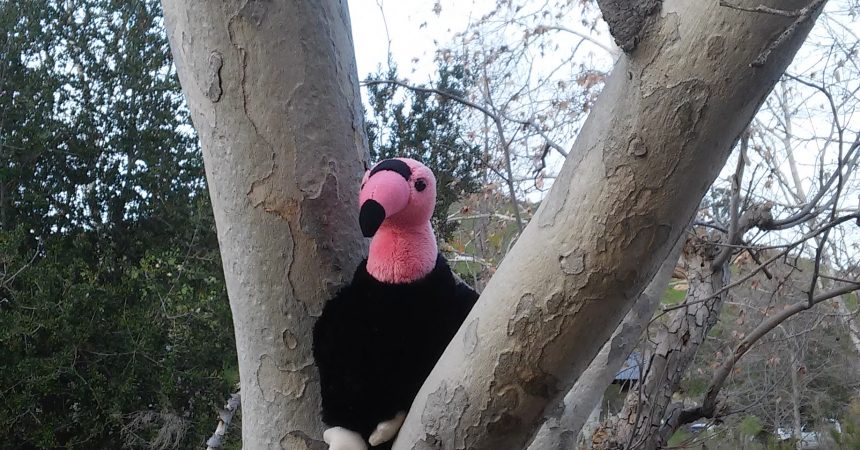Zoo InternQuest is a seven-week career exploration program for San Diego County high school juniors and seniors. Students have the unique opportunity to meet professionals working for the San Diego Zoo, Safari Park, and Institute for Conservation Research, learn about their jobs, and then blog about their experience online. Follow their adventures here on the Zoo’s website!
This week, the interns met with Maggie Reinbold, the Director of Conservation Education at the Institute for Conservation Research. Ms. Reinbold shared her passion for conservation, and showed us how the Institute’s efforts are saving endangered species around the world.
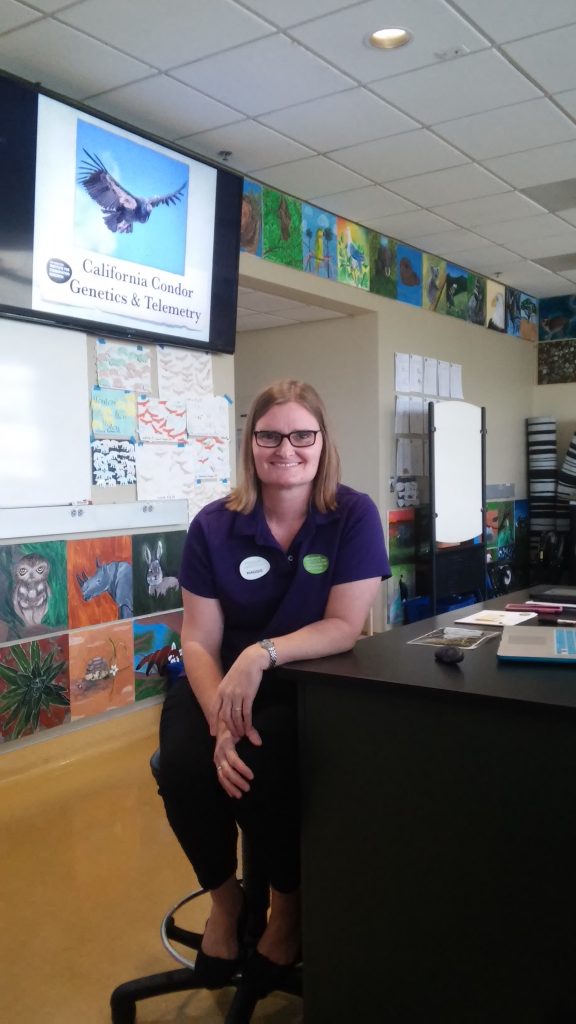
Ms. Reinbold brought us to a lab specifically built to educate students and the public on conservation and what we can do to help. She had a presentation prepared for us focusing on the Institute’s conservation success with the California condor. In the early 1980’s, there were only two dozen condors, but now, thanks to the Institute’s efforts, there are more than 430 California condors alive today!
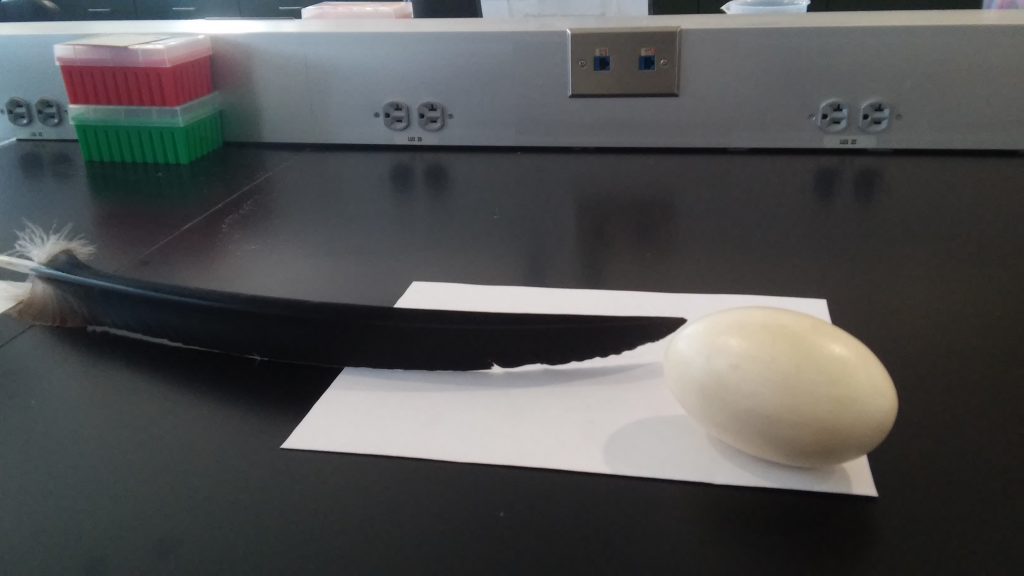
Ms. Reinbold passed around a real condor feather and a plaster egg for us to hold and investigate. That single feather helps make up the 9.5-foot wingspan of a California condor. In addition to having a humongous wingspan, condors naturally only lay one egg every two years, which including other threats, accounts for their low numbers in the wild.
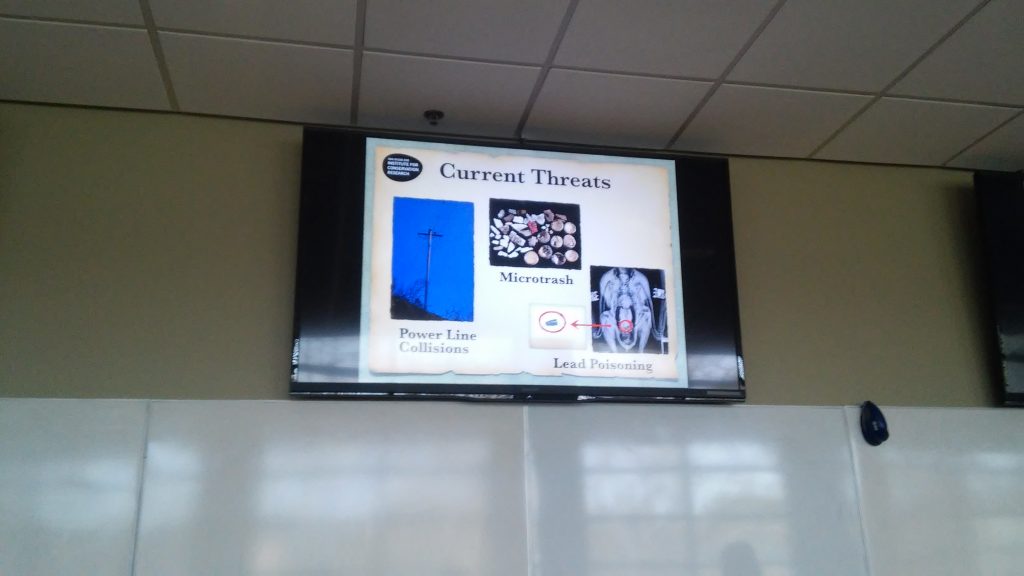
Ms. Reinbold shared with us the sad reality as to why California condors were listed as critically endangered in 1994. Condors face a variety of threats, all human-caused, including power line collisions, microtrash and lead poisoning.
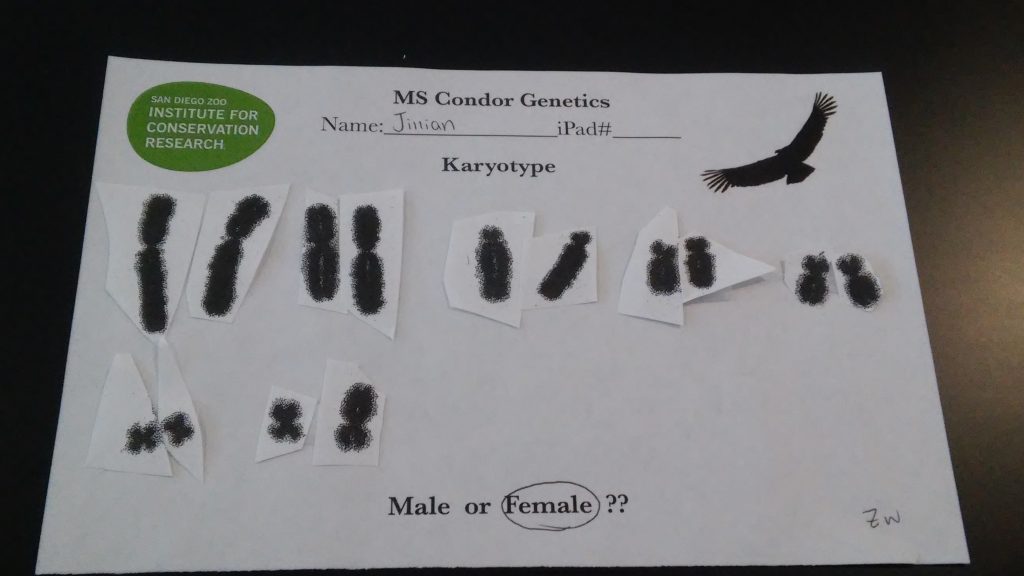
After learning about the variety of threats to condors, the interns did a condor sexing activity. A condor’s sex organs are located internally, and the task of figuring out a condor’s gender was no easy feat in the past. Keepers would send eggshell membrane to the lab for DNA extraction. In the lab, geneticists would break open the nucleus and sort the chromosomes found inside, like we did in our activity. However, the process is much easier now in the digital age.
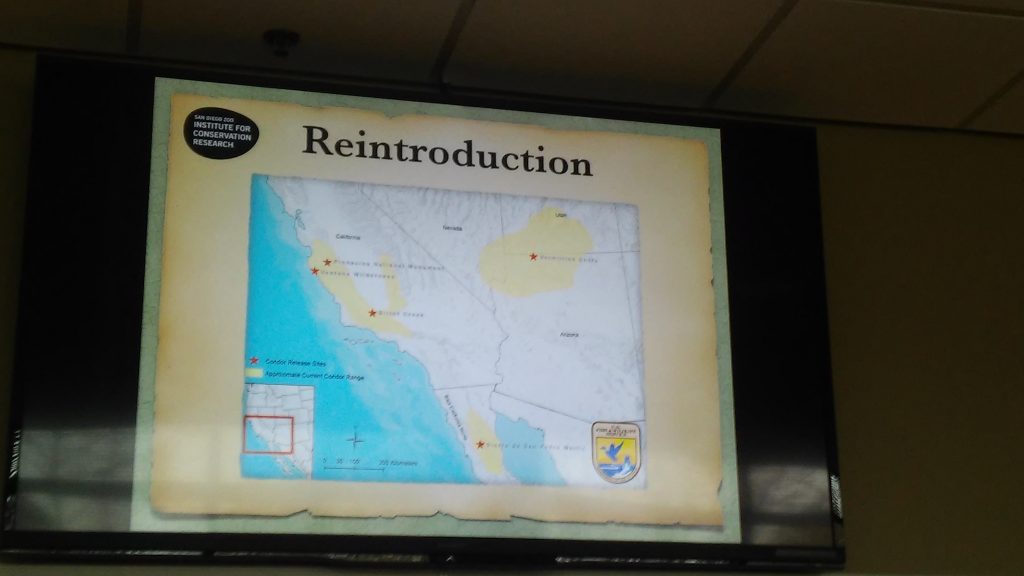
After the Institute captured and bred the endangered California condors, it was time to reintroduce some of the population into the wild. The three spots the condors were released were California, Baja California, and Arizona.
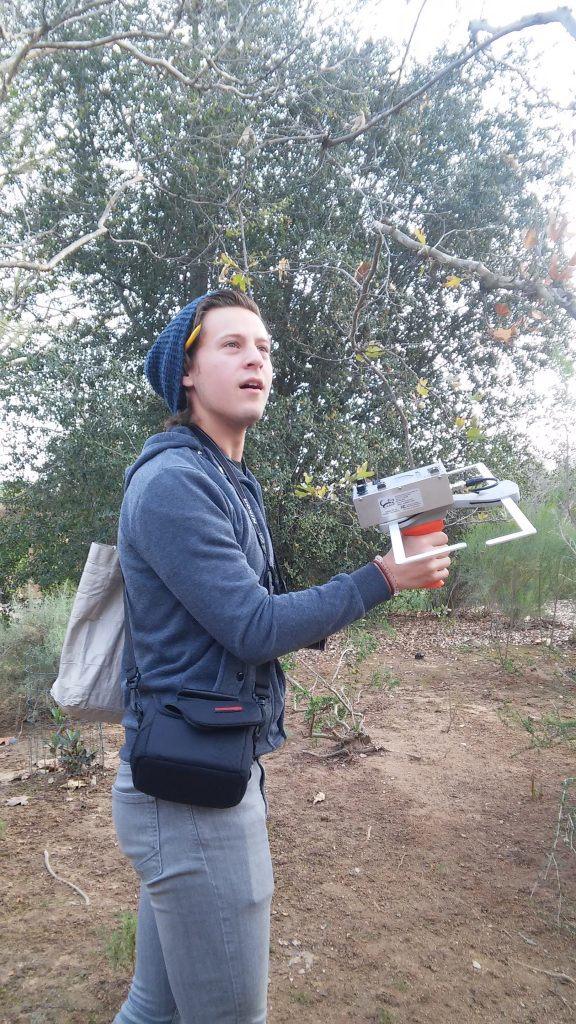
Interns got a taste of what it was like to work on the California condor conservation project by using radio telemetry receivers similar to the ones used to locate condors in the wild. Ms. Reinbold hid stuffed animal condors outside with transmitters, and we got a chance look for them! Pictured above is Gianfranco hard at work looking for a condor! The receivers pick up a signal from the transmitters attached to the condors and beep louder as you get closer to your condor’s location.
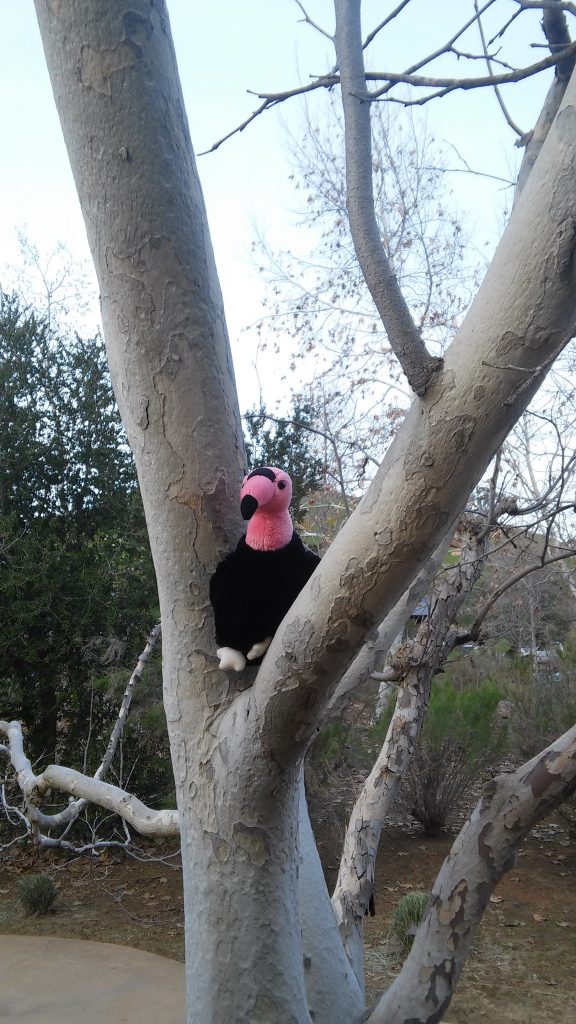
Jackpot! We found our condor perched in a tree outside. Radio telemetry monitoring is essential in tracking wild condors; since the birds like to nest in caves where GPS signal can be lost.
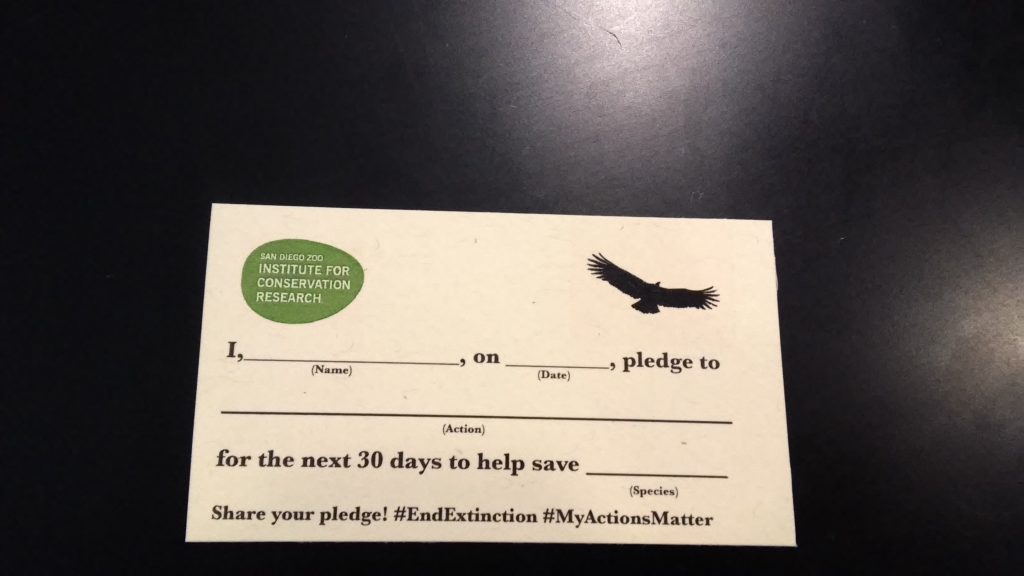
Extinction is a serious threat that all species face. After hearing about the California condor’s success story, we were inspired to take action to end human-caused extinction. I pledged to use less plastic and be mindful of the waste I produce. What can you do to help?
Jillian, Photo Journalist Team
Week One, Winter Session 2017

